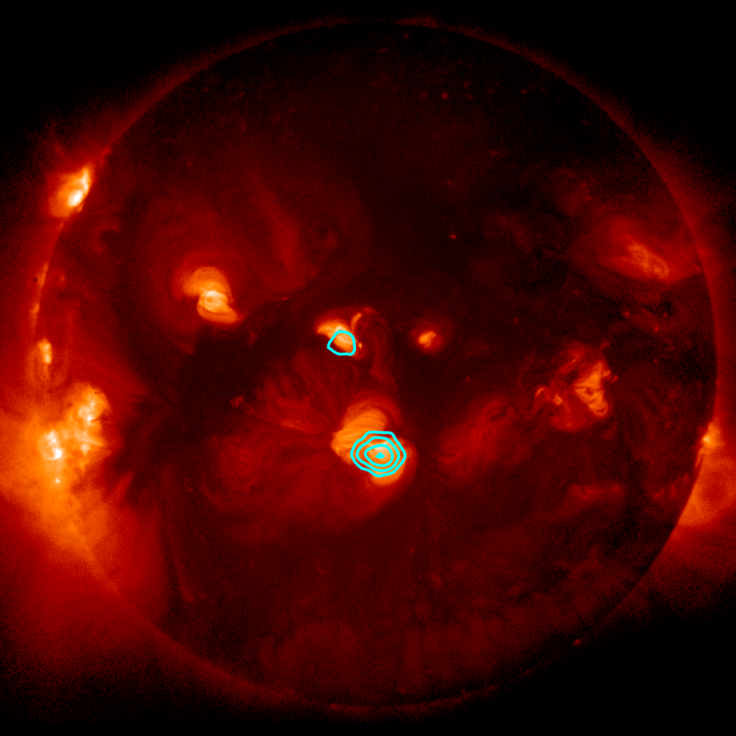Researchers spot evidence of tiny explosions powering Sun's outer atmosphere
Nasa's sounding rocket instrument detects signs of nanoflares.

A group of researchers have detected signs of the Sun's long-sought nanoflares – tiny solar explosions. The evidence of the phenomena, which scientists have been seeking for years, was detected when Shin-nosuke Ishikawa from the Japan Aerospace Exploration Agency and his colleagues analysed data from Focusing Optics X-ray Solar Imager (FOXSI-2), launched on a suborbital sounding rocket in December 2014, reports Space News.
Nanoflares are believed to be the reason behind the extreme temperature difference between the Sun's visible surface, dubbed photosphere, and its outer atmosphere called corona. Despite being far from the Sun's core, the temperature of the corona is a hundred times hotter (up to several million degrees Celsius) than the surface, which heats up at around 5,500 degrees Celsius.
Scientists believe that the temperature of the corona rises with the energy released from the nanoflares that erupt thousands of times every second. But until today, the subtle phenomena wasn't detected, particularly because of the blinding interference from the Sun.
"We think nanoflares range from a billion to a million times smaller than a regular solar flare," Ishikawa told Space News.
FOXSI-2, which scientists say is much more sensitive than previous instruments, rose to the occasion. It detected very energetic X-ray emissions – a type of light which is a sign of solar material superheated approximately at 10 million degrees Celsius – in a region with no solar-flaring activity.
On this basis, the researchers suggested such rise in temperature could only be triggered by nanoflares.
"This is a proof of existence for these kinds of events," said Steve Christe, the project scientist for FOXSI at Nasa's Goddard Space Flight Center in Greenbelt, Maryland, and an author on the study. "There's basically no other way for these X-rays to be produced, except by plasma at around 10 million degrees Celsius. This points to these small energy releases happening all the time, and if they exist, they should be contributing to coronal heating."
Now, scientists are planning to launch another sounding rocket with upgraded instruments to advance their research and get more insights into nanoflares. This could involve answers to some of the biggest questions such as, how many nanoflares are exploding and how much energy they actually release.





















